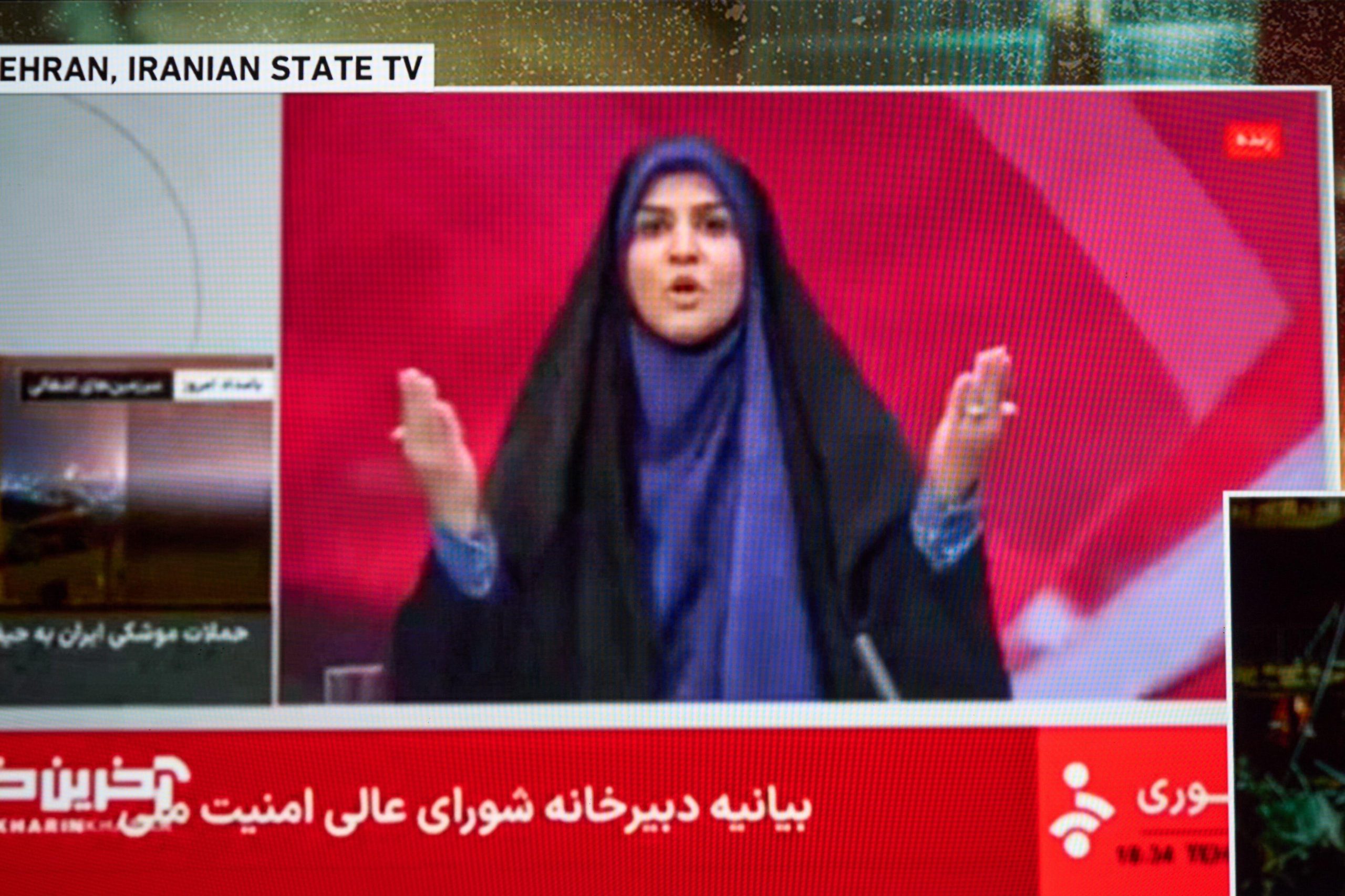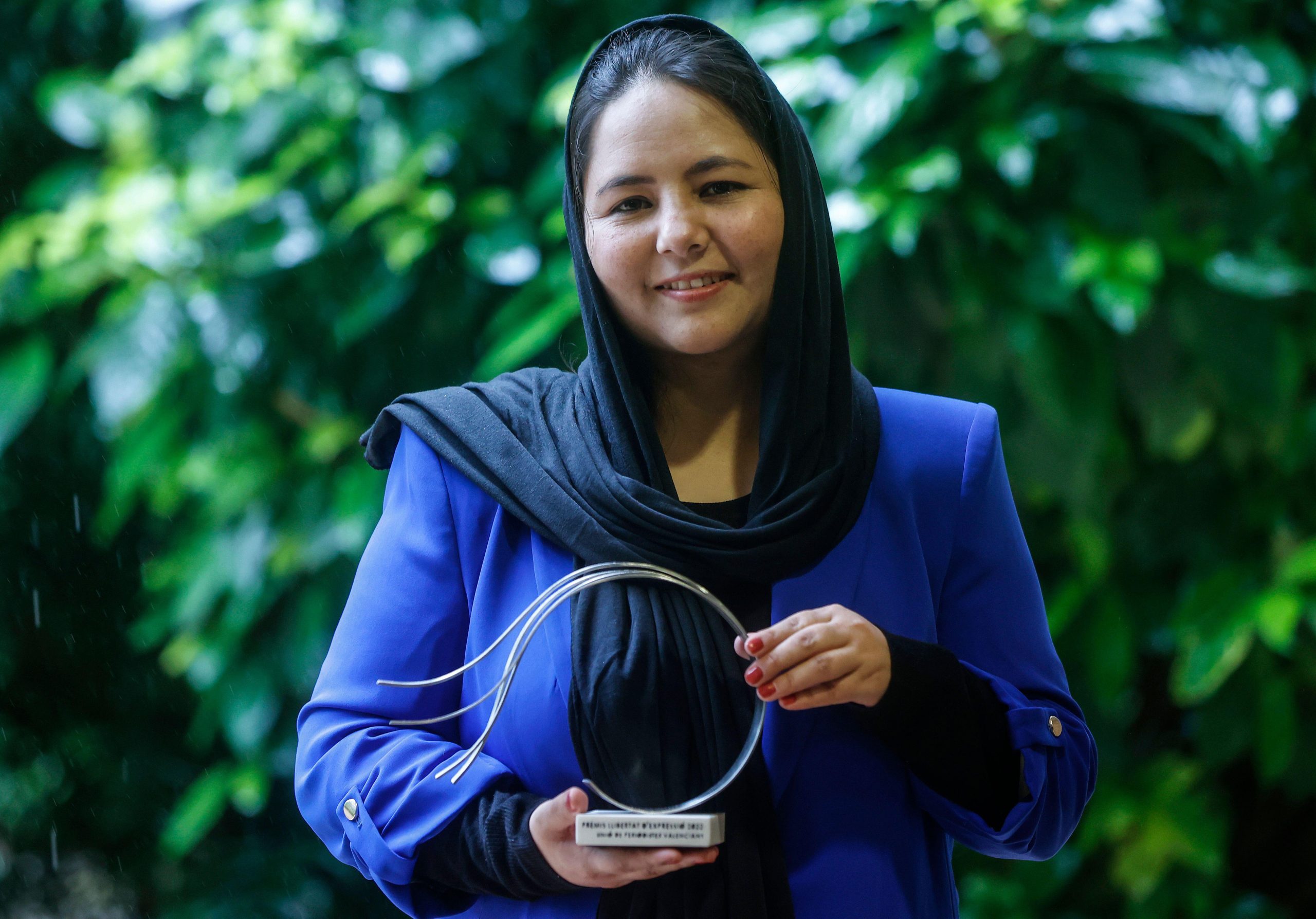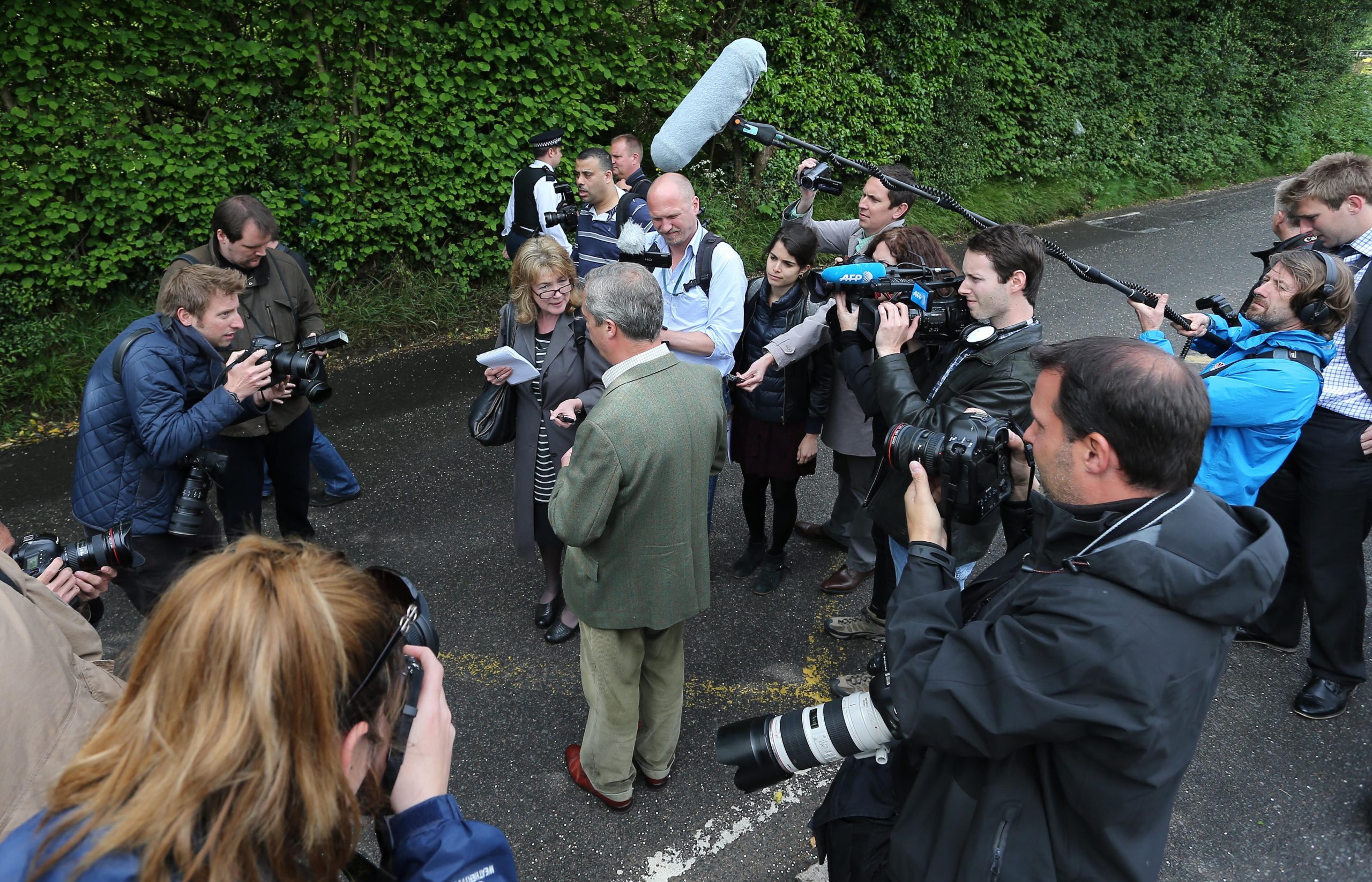
Were police right to warn Tate Modern about displaying a naked image of a 10-year-old Brooke Shields, asks John Ozimek
Art or porn? This time the question raises its ugly head in respect of a picture of actress Brooke Shields — originally taken by photographer Gary Gross, and reproduced by artist Richard Prince in a work entitled Spiritual America — shot when she was ten years old. She is naked, posed next to a bathtub, gazing provocatively into the eye of the lens.
The picture’s composition is without doubt sexual in nature — and this has caused a few local difficulties for Tate Modern gallery curators who, following words with the Metropolitan Police, are now considering whether or not to continue to exhibit this particular work.
As the Met put it, they are “keen to work with gallery management to ensure that they do not inadvertently break the law or cause any offence to their visitors”.
As the law stands, the Met almost certainly have a point. The Protection of Children Act 1978 makes it illegal to possess or distribute indecent images of children. Indecency is not defined precisely in law — that is for a jury to determine — but over the years the courts have evolved a categorisation of imagery that ranges from level 1 (least serious) to level 5 (most serious).
For an image to be deemed illegal at level one, Crown Prosecution Service Guidelines require only that it include elements of erotic posing.
Level one is problematic. First, because it is at the lower end of what society considers wrong: in fact, it includes images that significant sections of society do not consider to be wrong at all. So it is the place where police and authorities are most likely to be accused of over-reacting. They have had to retreat before — most notably in respect of images by noted artist Nan Goldin.
It is, too, the site of a fierce debate about whether the law should be quite as prescriptive as it now is: first, because some critics argue that to ban level one imagery is to view children increasingly through the eyes of the paedophile; and second, because even those who are deeply committed to combatting child abuse feel that it can be a distraction, focusing debate on more ambiguous images — when in fact, the real issue lies in those images that depict, in horrific detail, real harm being inflicted.
So how should we react to this latest installment in the developing debate over child porn? First, the curious should be aware that if — as seems likely — this image does breach the law, curiosity is no excuse. Viewing it and, therefore, downloading it into cache may well be a criminal offence. Beware: you have been warned.
So will the Internet Watch Foundation act to block it? Having had their fingers well and truly burned over another popular artistic image of a naked child last year (the Scorpions’ Virgin Killer album cover), it is possible they will not take action this time round.
The problem, as they discovered to their cost then, is that the simple act of banning a widely available image tends to encourage its distribution. In the end they decided, pragmatically, that not banning might be the more sensible course of action.
However, this furore does raise one important issue that may in the end transcend the question of porn and indecency — and that, quite simply, is the question of an individual’s control over their own image. In the case of the Scorpions’ image, the picture was taken by the subject’s mother and the subject — now adult — has since been reported as being perfectly happy with it.
In this case, Brooke Shields is definitely unhappy with the existence of the image in the public sphere. Permission to use these images was signed away by her mother when she was just 10 — and Shields has been to court since in an unsuccessful attempt to regain control of the negatives.
It is clearly one thing for an adult to enter into a contractual arrangement in respect of images of themselves and in most cases, there are strong arguments for upholding that contract. Perhaps it is time to think again about contracts entered into by an adult on behalf of a child: not to outlaw them; but to give the adult that the child eventually becomes the absolute right to review such a contract.
If we genuinely believe that adults may suffer as a result of bad decisions taken when they were children, it is the least we can do.





